/bc544333-ec89-477a-a6f3-bb35fd07e294.png)
Higher Order Conditioning Example
Review Rating Score
When it comes to classical conditioning, we often think of the iconic reflexive responses that Pavlov's dogs exhibited. However, there's more to this type of learning than just simple associations between two stimuli. Higher order conditioning is an advanced level of classical conditioning that involves more than one stimulus. In this article, we'll explore what higher order conditioning is, how it works, and provide an example.
What Is Higher Order Conditioning?
Higher order conditioning occurs when a conditioned stimulus (CS) is paired with a neutral stimulus (NS) to elicit a conditional response (CR) that is similar to the response to the original unconditioned stimulus (US). In other words, instead of the CS being paired with the US, it's paired with a new neutral stimulus which will then become conditioned to elicit the response.
How Does Higher Order Conditioning Work?
Higher order conditioning is based on the idea of associative learning, which means that the brain learns to associate two stimuli that occur together. In this case, the original CS has already been associated with a US, and now a new NS will become associated with the CS.
Higher Order Conditioning Example
Let's take an example to better understand higher order conditioning. Suppose you have a dog that is afraid of the vacuum cleaner. The sound of the vacuum is an unconditioned stimulus (US) that naturally triggers a fear response (UR) in the dog. With classical conditioning, you could pair the sound of a bell (a neutral stimulus) with the vacuum, so the dog starts associating the bell with the vacuum and exhibits the same fear response.
Now, suppose you want to condition the dog to the sound of a doorbell (NS) to elicit the same fear response, but the dog is not naturally afraid of this sound. In this case, you could use higher order conditioning by pairing the bell (CS) with the doorbell, over and over again. After a few trials, the dog will learn to associate the doorbell (NS) with the sound of the bell (CS), and will exhibit the same fear response to both stimuli.
Download Our Higher Order Conditioning Example Document
If you're looking to better understand different types of classical conditioning, download our Higher Order Conditioning Example DOCX document. It includes in-depth information on higher order conditioning, how it works, and a detailed example. Use this document to learn more about this fascinating topic and take your knowledge of classical conditioning to the next level!
At BizzLibrary.com, we offer a wide range of expertly crafted templates, including examples, agreements, and other types of business documents to help you succeed in your professional life. Check out our website today and get access to our premium library of documents!
Is the template content above helpful?
Thanks for letting us know!
Reviews
Maureen Hayes(7/8/2023) - DEU
Did not know it was so easy to find this document.
Author. Content was provided by:
Elizabeth Davis
Elizabeth is from the sunny desert city of Phoenix, Arizona. She is thrilled to connect with professionals and like-minded individuals who share a passion for social technologies, content creation, and the exciting possibilities that AI brings to the world of social media. Her hobbies are hiking, climbing, and horse riding. Elizabeth has a master's degree in Social Technologies that she received at the ASU (Arizona State University). As a freelancer, she mostly contributes content related to IT. This includes articles on templates and forms provided by our community.
Follow Elizabeth
Last modified
Our Latest Blog
- The Importance of Vehicle Inspections in Rent-to-Own Car Agreements
- Setting Up Your E-mail Marketing for Your Business: The Blueprint to Skyrocketing Engagement and Sales
- The Power of Document Templates: Enhancing Efficiency and Streamlining Workflows
- Writing a Great Resume: Tips from a Professional Resume Writer
Template Tags
Need help?
We are standing by to assist you. Please keep in mind we are not licensed attorneys and cannot address any legal related questions.
-
Chat
Online - Email
Send a message
You May Also Like
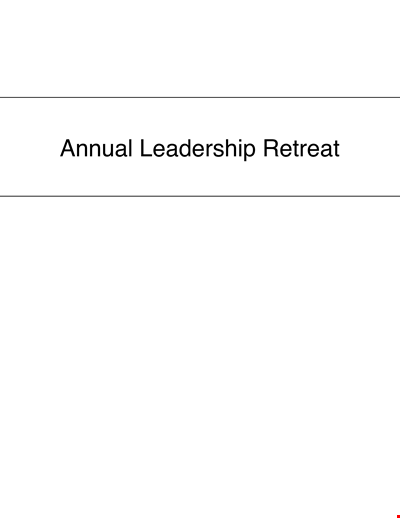
Sample Leadership Retreat
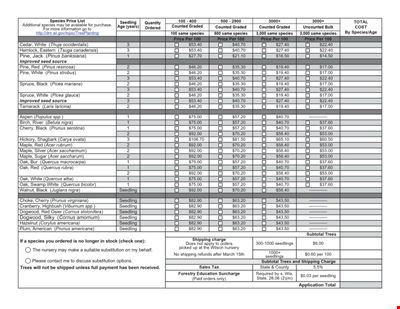
Seedling Price List - Affordable Saplings for Your Garden | Buy Best Quality Seedlings Online

Colored College Ruled Paper

College Ruled A Size Paper Template
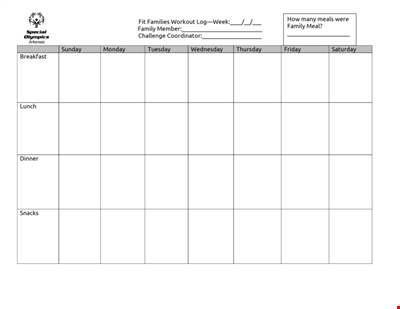
Get Fit as a Family with our Printable Workout Log | Track your progress and stay motivated
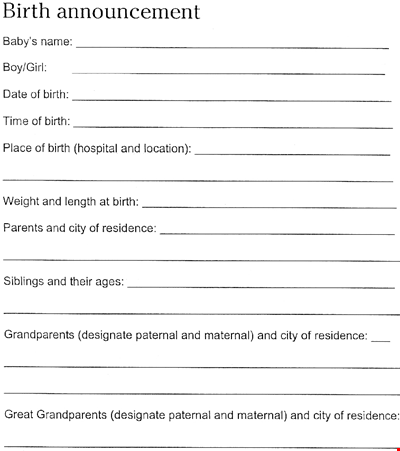
Download Beautiful Birth Announcement Template
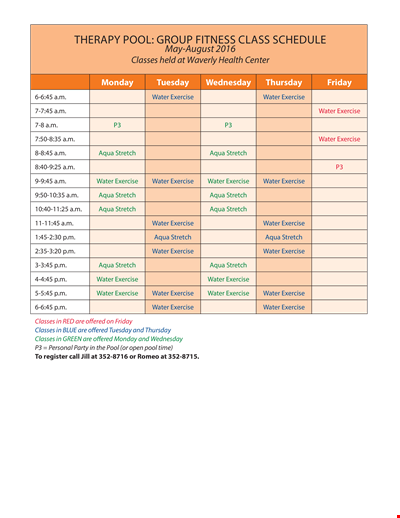
Fitness Therapy Schedule Template - Water, Exercise Classes, Stretch

Excellence in Education

Download MLA Reference Style Format: The Ultimate Guide with Examples
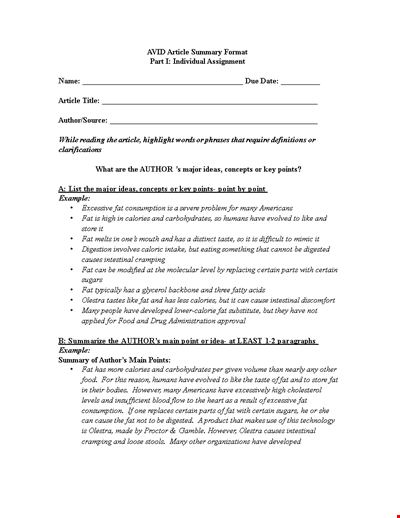
Sample Article Summary Template - Write Effective Summaries Easily
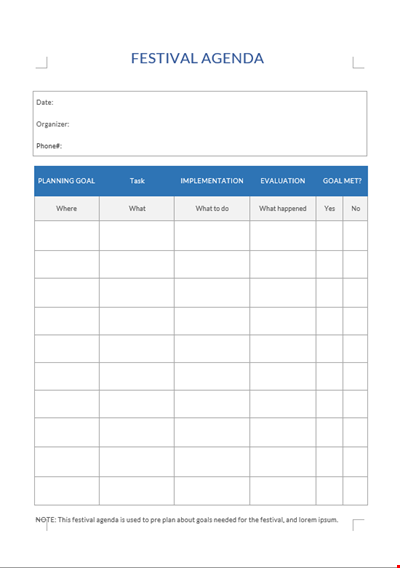
Festival Agenda A4

Fact Sheet Template - Health, Water, Copper, Drinking Levels
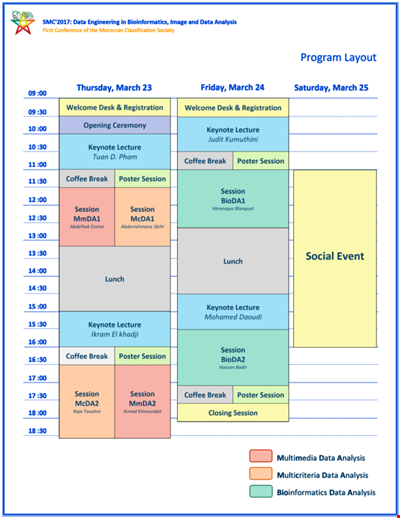
Social Event Program Layout
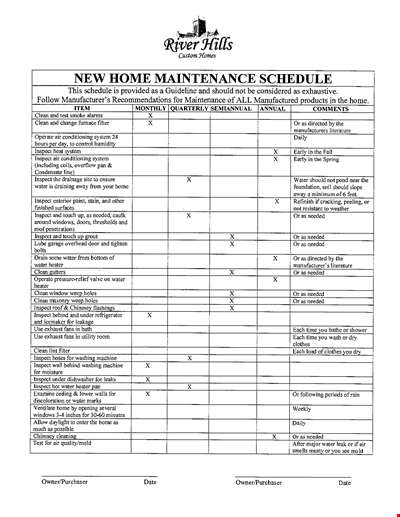
Organize Your Home Maintenance with our New Template

Church Leadership Qualities Example

Non Profit Board Agenda